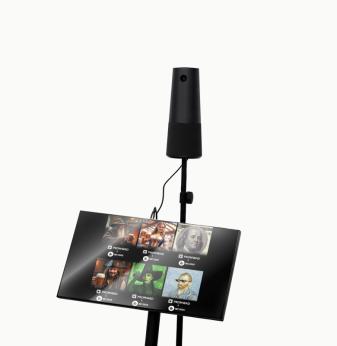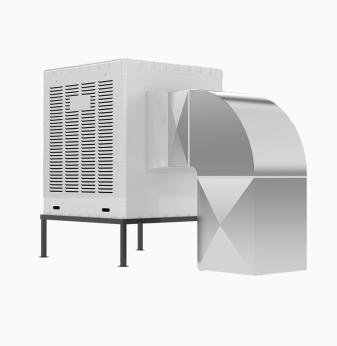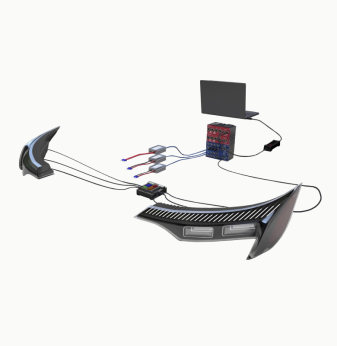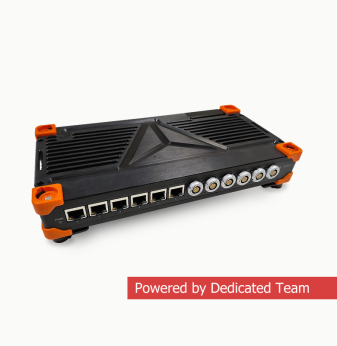Embedded Control Systems for Fuel Cell Applications: Efficiency, Safety, and Real-Time Challenges
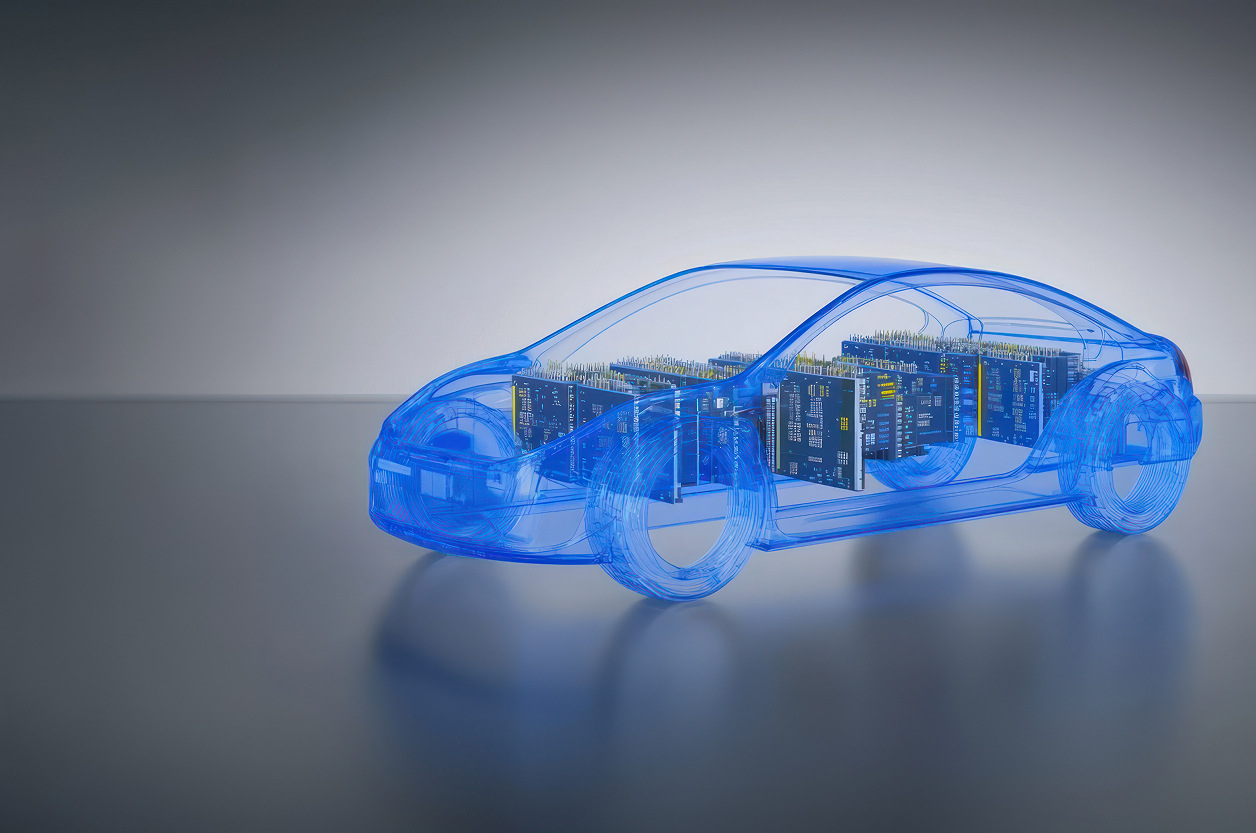
Fuel cells are gaining traction across industries as the push for decarbonization accelerates — from powering electric buses and trucks to providing backup and off-grid energy for industrial sites. Unlike batteries, fuel cells continuously generate electricity as long as fuel is supplied, offering high energy density and rapid refueling.
However, integrating fuel cells into real-world systems isn’t trivial. Their operation requires tight coordination of chemical reactions, thermal regulation, hydrogen flow, and power electronics — all orchestrated by sophisticated embedded control systems.
This article explores the role of embedded controllers in fuel cell applications, diving into efficiency optimization, safety-critical constraints, and the real-time computational challenges engineers must address.
Why Fuel Cells Need Specialized Embedded Control
Managing Complex Electrochemistry
A proton exchange membrane (PEM) fuel cell stack converts hydrogen and oxygen into electricity, heat, and water. The reaction dynamics depend on:
- Precise hydrogen flow rates
- Oxygen (air) feed rates and humidification
- Stack temperature (too cold, efficiency drops; too hot, membranes degrade)
An embedded control system must continuously adjust pumps, fans, heaters, and valves to keep the stack within optimal conditions.
Interfacing with Power Electronics
Fuel cell voltage output varies with load and state. Embedded controllers must:
- Manage DC-DC boost converters to stabilize bus voltage.
- Synchronize with inverters for AC loads.
- Implement MPPT-like algorithms to maximize power draw without damaging cells.
Ensuring Operational Safety
Hydrogen is flammable. Controllers enforce purges to avoid build-up, monitor leaks via sensors, and execute emergency shutdowns on faults.
Core Architecture of Fuel Cell Control Systems
Typical Embedded Stack
| Layer | Responsibilities |
| Real-time MCU / SoC | Runs PID loops for temperature, pressure, humidity, power |
| Safety co-processor or watchdog | Independent monitoring to shut down on anomalies |
| CAN or Ethernet comms | Integrates with vehicle ECUs or industrial PLCs |
| HMI interfaces | Diagnostics screens, service logs, remote telemetry |
Most use safety-qualified MCUs (ISO 26262 ASIL-B for automotive) or industrial controllers with robust real-time OS.
Sensors and Actuators
- Pressure transducers on hydrogen/air feeds
- Mass flow controllers and solenoid valves
- Temperature sensors across stacks and coolers
- Humidity sensors in air feed lines
- Leak detectors in enclosures
Efficiency Optimization: Algorithms and Real-Time Loops
Balancing Hydrogen Utilization vs. Stack Lifetime
Running at high hydrogen utilization (less purge) improves fuel efficiency but risks damaging the membrane via drying or local hot spots. Control firmware dynamically tunes purge intervals and flow rates based on load profiles.
Thermal Management
Heat from reactions must be extracted to avoid membrane degradation. Controllers regulate:
- Coolant pump speeds
- Fan speeds for air flow
- Bypass valves to maintain target ∆T
Power Conditioning
Embedded control coordinates DC-DC converters to step variable stack voltages (30-90V) to stable 400V bus in vehicles. Adjusts power extraction to avoid rapid transients that strain stacks.
Safety and Standards: Embedded Implementation
Redundant Monitoring
Dual microcontrollers often cross-check sensor data. For example, if two temperature sensors diverge beyond a threshold, the system triggers a controlled shutdown.
Hydrogen Leak Responses
Embedded firmware continuously monitors dedicated H2 sensors. Detection leads to:
- Valve closures isolating supply
- Fan engagement to disperse accumulations
- Shutdown signals to upstream fuel delivery
Standards Compliance
ISO 26262 for automotive functional safety and IEC 61508 in industrial stationary systems. Communication protocols typically leverage CANopen Safety or industrial Ethernet with redundancy.
Long-Tail Technical Questions and Answers
Why not use a standard automotive ECU to control a fuel cell?
Fuel cells require specialized control loops (humidification, purge, thermal management) not found in typical combustion ECUs. Additionally, response times and multi-sensor cross-checks often exceed general-purpose ECU capabilities.
Can you run fuel cell control on Linux?
Critical safety loops typically run on bare-metal or RTOS for deterministic timing (<100 µs loops). Linux may be used in a companion module for logging, remote updates, or non-critical telemetry.
How fast are the main control loops?
Flow and pressure PID loops often run at 1-2 kHz. Thermal management slower, ~10-50 Hz. Safety checks (like leak detection) execute in parallel fast loops.
What happens if the controller crashes?
Watchdog co-processors force a system into a safe state — closing hydrogen valves and opening contactors. Functional safety implementations often have fallback logic to maintain minimal cooling even if primary control fails.
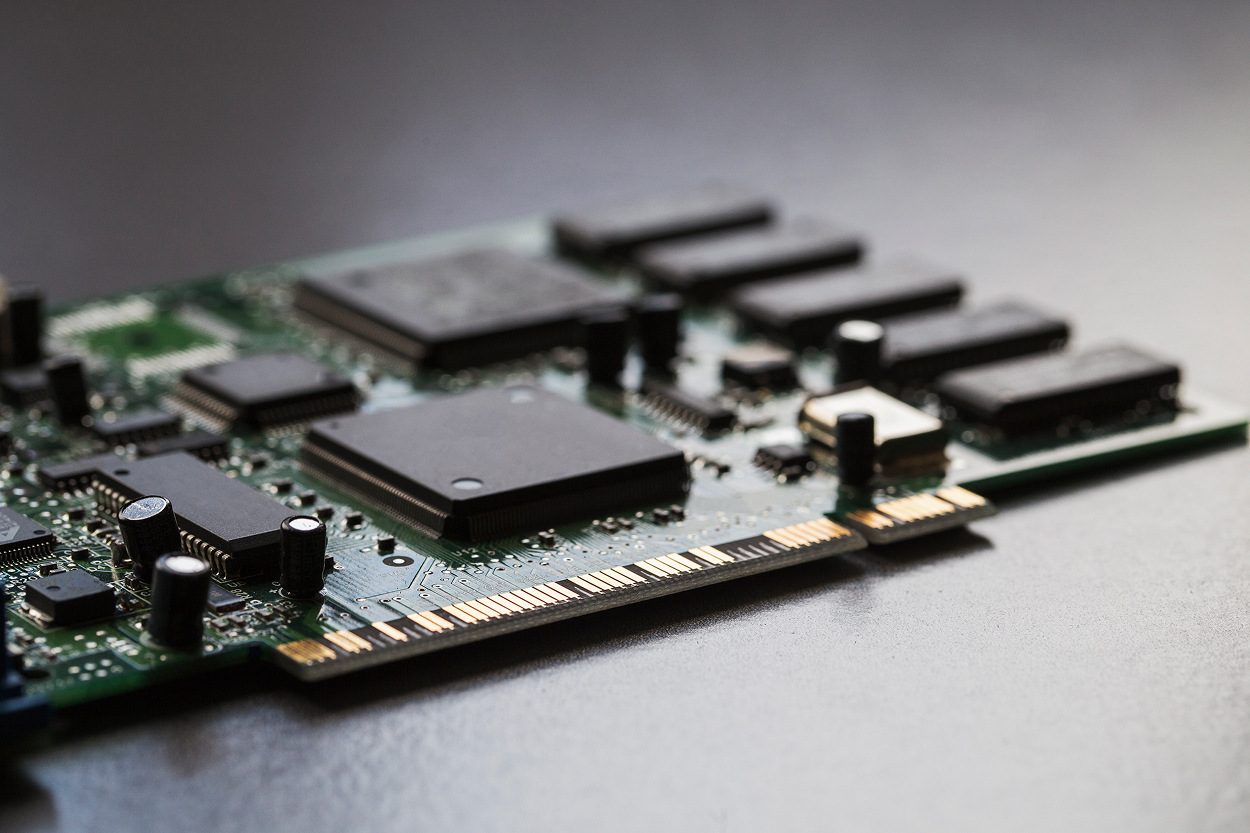
Example Architecture: Embedded Control for a Commercial Fuel Cell Stack
- Main MCU: Cortex-M7 running RTOS manages temperature, flow, voltage regulation.
- Secondary safety MCU: Monitors critical sensor lines, validates primary decisions.
- Isolated CAN transceiver: Communicates with vehicle or plant master controller.
- Inverter module: Controlled via PWM outputs, feeds AC loads or battery charging.
- Diagnostics module: Logs lifetime data to Flash, provides OTA update capability.
Future Trends in Embedded Fuel Cell Control
- AI-Enhanced Operation: ML models running on embedded cores predict drying or flooding risks from subtle sensor patterns, optimizing purges and extending stack life.
- Integrated inverter+controller modules: Reduce cabling and latency by merging power electronics with control logic in one PCB.
- Wireless sensor arrays: Help retrofit fuel cell systems without extensive harnessing, especially for auxiliary hydrogen tanks.
Conclusion: Fuel Cell Systems Depend on Robust Embedded Engineering
Fuel cells promise cleaner energy for transport and industry — but only with precise, real-time control. Embedded systems in these applications juggle safety, efficiency, and complex electrochemical dynamics under stringent functional safety requirements.
At Promwad, we design and implement embedded platforms for hydrogen systems — from safety-critical control firmware to secure OTA stacks and integrated diagnostic dashboards. If your project involves fuel cells, let’s engineer a robust, future-proof control solution together.
Our Case Studies

